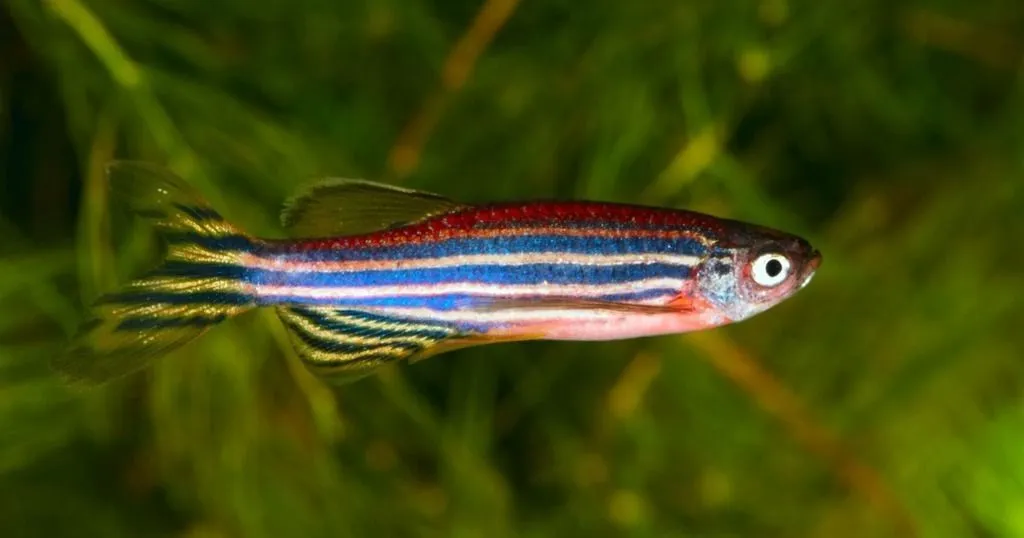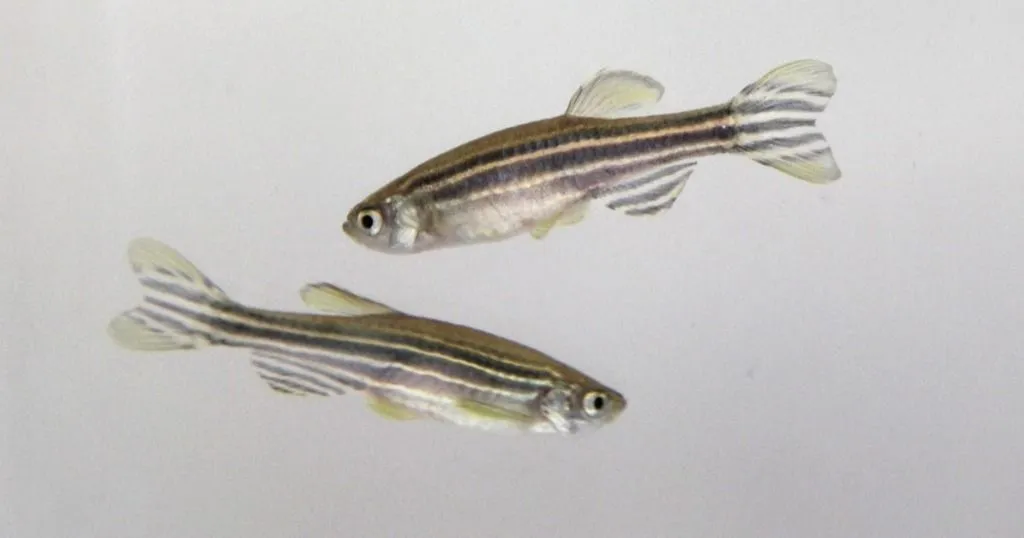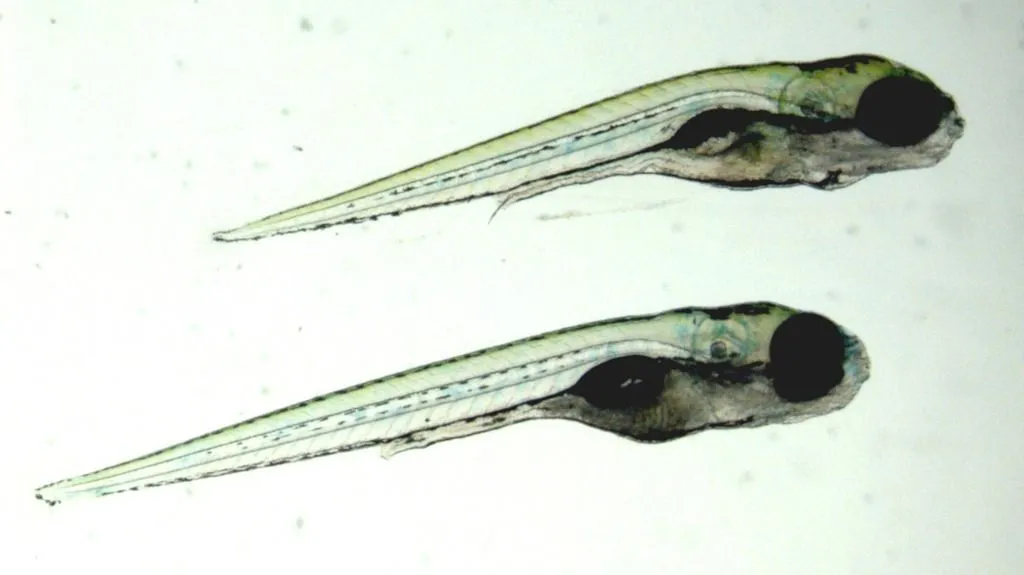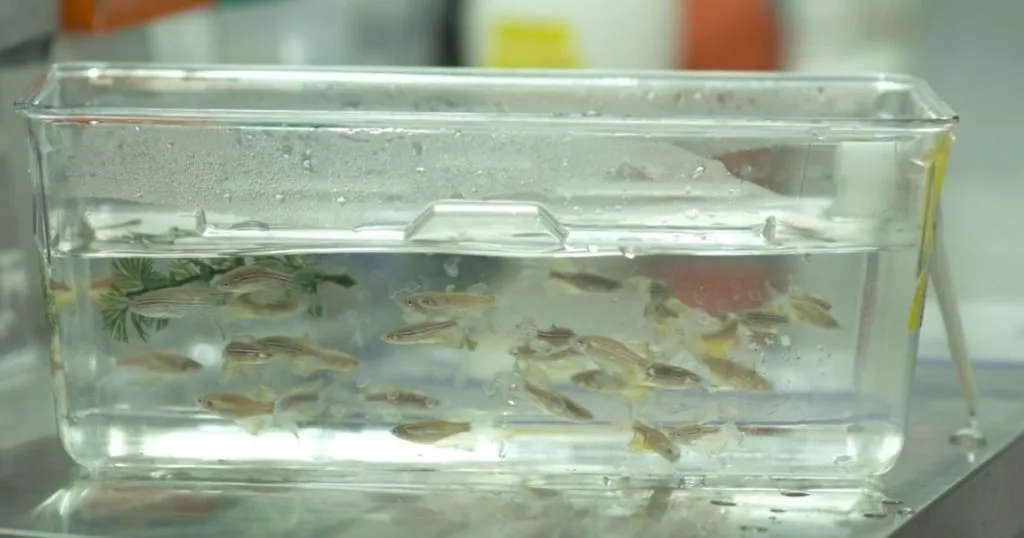How optogenetics is used to study the stress response in zebrafish larvae
Stress might seem like a bad word, but it does have its perks. A recent study by Rodrigo J. De Marco uncovered the role of the pituitary in zebrafish larvae behavior after the onset of stress.
Posted by
Published on
Mon 23 Jan. 2017
Topics
| EthoVision XT | Optogenetics | Stress | Video Tracking | Zebrafish |

Optogenetics - making neurons sensitive to activation by light - is a great tool in the unraveling of the function of the brain in biological processes and behavior. A recent study by Rodrigo J. De Marco and his colleagues used optogenetic techniques to uncover the role of the pituitary in zebrafish larvae behavior after the onset of stress.
Stress
Nowadays, “stress” is often seen as a bad word, but of course the stress response does have its perks. Evolutionary, it is critical to adaptation and survival.
In humans, the HPA axis (hypothalamus-pituitary gland-adrenal gland) and a selection of neurotransmitters and hormones comprise the stress system, much of which has already been extensively studied. However, the stress response is a very fast phenomenon, making it difficult to study certain aspects in detail, such as the role of the pituitary in the regulation of behavior right after the onset of stress. This is what Rodrigo De Marco and his colleagues want to unravel.
Tightly organized
The stress response is a very tightly organized system. In this study, the researchers focused on the pituitary, specifically, cells in this gland called corticotrophs.
Corticotrophs release several active molecules, including ACTH (adrenocorticotropic hormone), which is rapidly followed by the release of cortisol in the adrenal cortex. In hormonal terms, this cycle defines the stress response.
The perfect model
De Marco argues that zebrafish are excellent model subjects in this case: “This is what all this is about: exploiting a unique opportunity (larvae are small, transparent and have a fully functional stress axis) to - ‘non-invasively’- ask important questions. For example, can pituitary products exert fast effects on behavior?”
In addition, their HPI (hypothalamus-pituitary gland-interrenal gland) axis is homologous to the human HPA axis.
Let there be light
To investigate the role of corticotrophs, researchers genetically manipulated zebrafish in this study to make their corticotrophs sensitive to optogenetic activation by blue light. These fish were called the bPAC+ larvae.
Light is a known stressor for zebrafish, so to control for the optogenetic activation by blue light, researchers also used yellow light.
In addition to the bPAC+ larvae, siblings without the sensitivity to optogenetic activation (bPAC- larvae) were also tested.
All larvae showed a stress in response to the yellow light. The bPAC+ larvae showed an amplified stress-response when exposed to the blue light, compared to their bPAC- siblings, and compared to the yellow light circumstances.
Assessing behavior and controlling the light
To assess zebrafish behavior, video recordings were made with EthoVision XT video tracking software. The same computer controlled light and other stimuli via TTL control (USB-IO box). De Marco says: “At the center of all this was a complex customized setup with EthoVision XT playing a highly significant role.”
Light and stress
The results showed that exposing briefly dark-adapted larvae to a pulse of either blue or yellow light caused stress, as determined by both locomotor behavior and cortisol release. Also, activating corticotrophs of zebrafish in the bPAC+ group, by exposure to blue light, resulted in an even higher humoral response to stress.
Behavior dependent on light power
Further tests showed that in the bPAC+ larvae both stressor-mediated locomotor reactions and the amount of cortisol release was positively correlated with the power of the blue light.
High temps and soothing waves
So how does stress later affect the behavior of zebrafish? To find out, larval zebrafish were exposed to other stimuli. Unstressed larvae responded to a significant rise in temperature by increasing their locomotion, while subtle hydrodynamics (water motions) seem to sooth them, causing them to move less. Pre-stressed animals (exposed to light only a few minutes before tests) showed exaggerated responses, an effect that was even greater in the bPAC+ animals pre-stressed with blue light.
More stress is good?
In this study, the researchers were able to find a way to non-invasively influence the stress system by directly enhancing the release of corticotroph products upon the onset of stress.
Further, they were even able to control the size of the effect, as a higher blue light power caused a higher cortisol rise. De Marco adds: “Altogether, the results demonstrated that enhanced activity of pituitary corticotrophs upon stress onset can cause fast organizing effects on behavior, namely, increased locomotor and avoidance reactions, tolerance and arousal.”
Read more
This post refers to the following publication:
De Marco, R.J.; Thiemann, T.; Groneberg, A.H.; Herget, U.; Ryu, S. (2016). Optogenetically enhanced pituitary corticotroph cell activity post-stress onset causes rapid organizing effects on behavior. Nature Communications, 7:12620.
Read more about EthoVision XT or about hardware control with EthoVision XT.
Read about combining optogenetics with DanioVision for zebrafish larvae research.
Related Posts

5 must-read articles on zebrafish behavioral research

Tiny plastics, big problems: do nanoplastics affect neurodevelopment?

